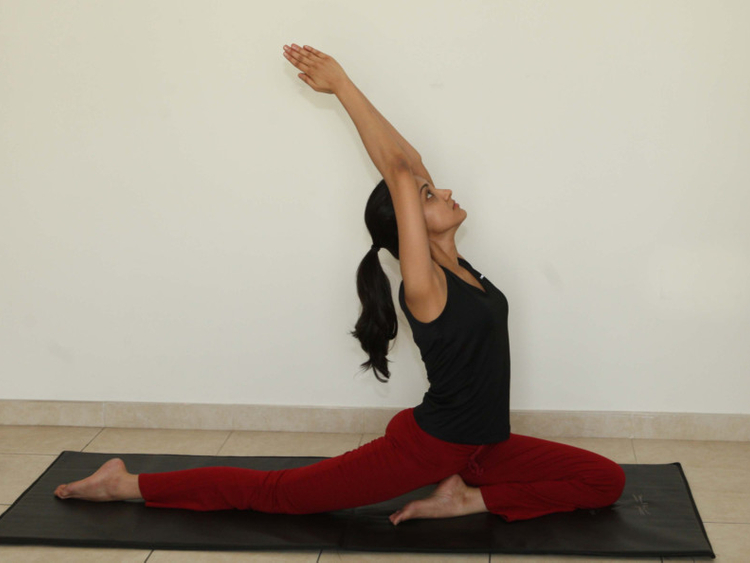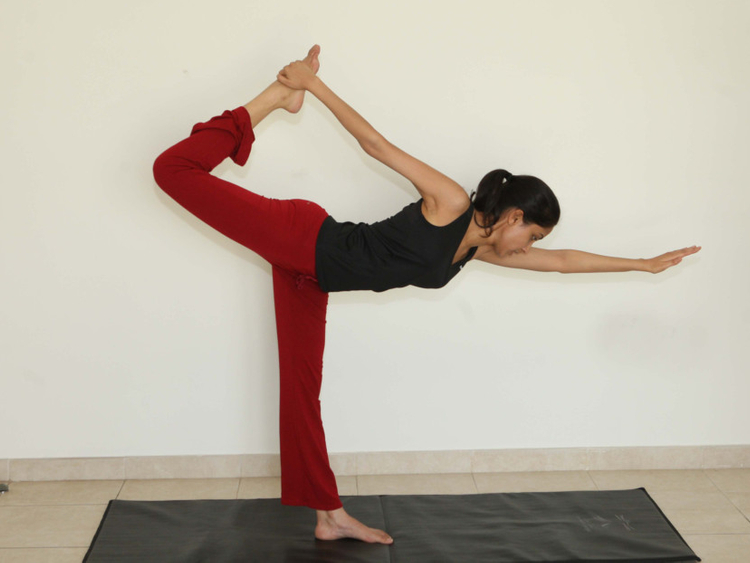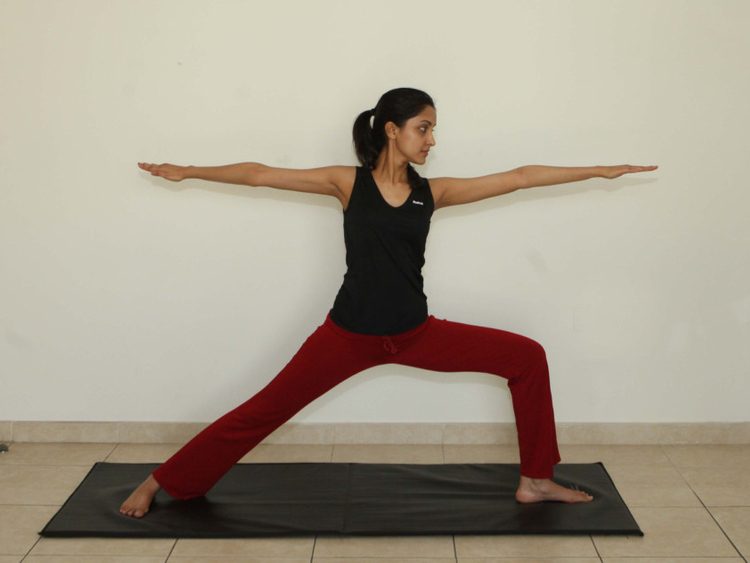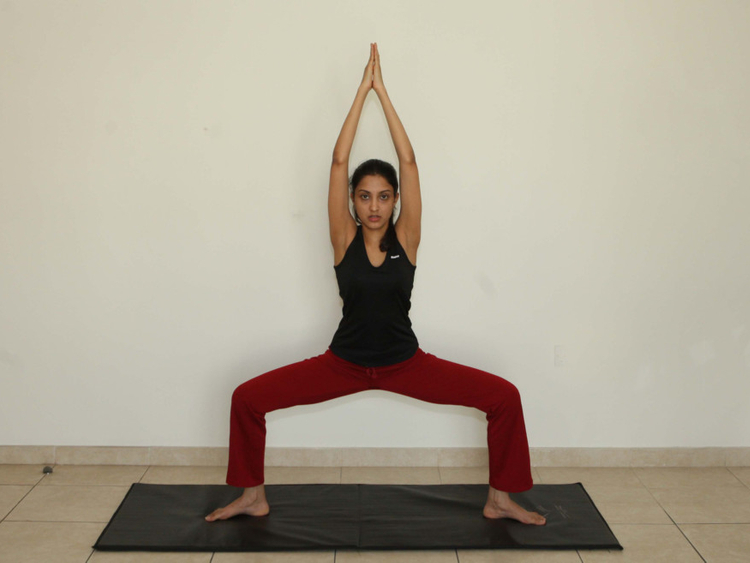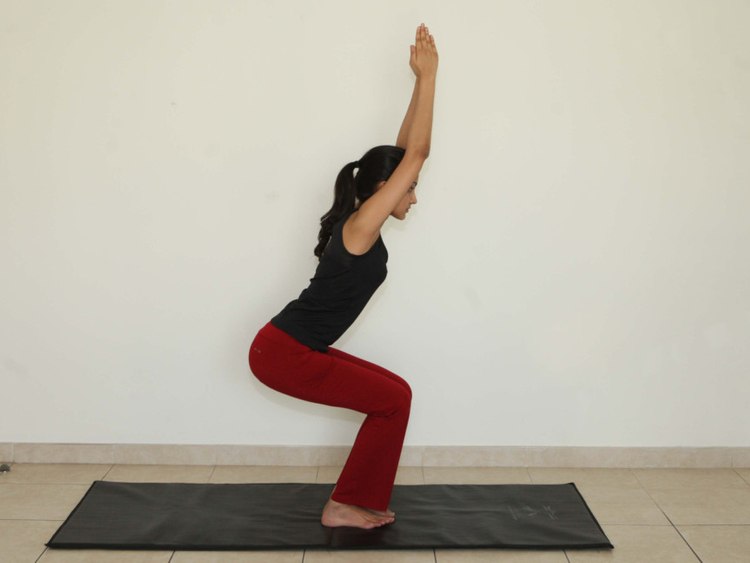
Depression is a mood disorder. The low mood involves feelings of intense sadness, including feeling helpless, hopeless and worthless. There is a loss of interest in day to day activities which could persist for days, weeks or even months. However, temporary emotional responses to the challenges of everyday life do not constitute depression.
The causes of depression are not fully understood but are likely to be a complex combination of genetic, biological, environmental and psychological factors. It, however, affects physically, just as much emotionally and mentally. Depression can mimic symptoms of a medical illness and any ill person feels worse if suffering from this condition.
A healthy lifestyle that includes regular physical activity and a healthy social life with family and friends is encouraged. Research has shown that practising yoga regularly under the right guidance and proper treatment can help eliminate depression. Dynamic yoga postures and breathing practices are recommended. Given below is one such simple technique along with postures.
Abdominal breathing
Abdominal or diaphragmatic breathing is practised by enhancing the action of the diaphragm and minimising that of the chest. The diaphragm is a domed sheet of muscle that separates lungs from the abdominal cavity and, when functioning correctly, promotes the most efficient type of breathing.
While during inhalation the diaphragm moves downward, pushing the abdomen outward, on the other hand during exhalation the diaphragm moves upward and the abdomen moves inward. Movement of the diaphragm signifies that the lower lobes of the lungs are being utilised.
The proper use of the diaphragm causes equal expansion of the alveoli, improves lymphatic drainage from basal parts of the lungs, massages the liver, stomach, intestines and other organs that lie just beneath it, exerts a positive effect on the cardiac functions and coronary supply, and improves oxygenation of the blood and circulation.
Abdominal breathing is the most natural and efficient way to breathe. Due to tension, poor posture, restrictive clothing and lack of training, however, it is often forgotten. Once correct breathing is restored, there will be significant improvement in the state of physical and mental wellbeing.
Lie in Shavasana (corpse pose) and relax the whole body. For some time, observe the spontaneous breath without interference. Place the right hand on the abdomen just above the navel and the left hand over the centre of the chest.
The right hand will move up with inhalation and down with exhalation. The left hand should not move with the breath. There should be no tension in the abdomen. Do not try to force the movement in any manner. Do not expand the chest or move the shoulders. Feel the abdomen expanding and contracting. Continue breathing slowly and deeply. Continue for 15-20 minutes.
Correct breathing can rid the body of stress, tension and disease.
PRACTICE OF THE WEEK
Begin with a set of sun salutations. Do as many rounds as you are comfortable with.
Utkatasana
Utkata Konasana
Veerabhadrasana
Natrajasana
Kapotasana-I
Kapotasana-II
Next week: Overcome depression with yoga — 2
— This is an interactive series, in which we will bring you practical tips
on daily living, inspired by the vision of yoga. Write in to tabloid@gulfnews.com with your questions and doubts regarding enhancing your lifestyle through yoga. For more information, call 800-YOGA (9642) or log on to artisticyoga.com



